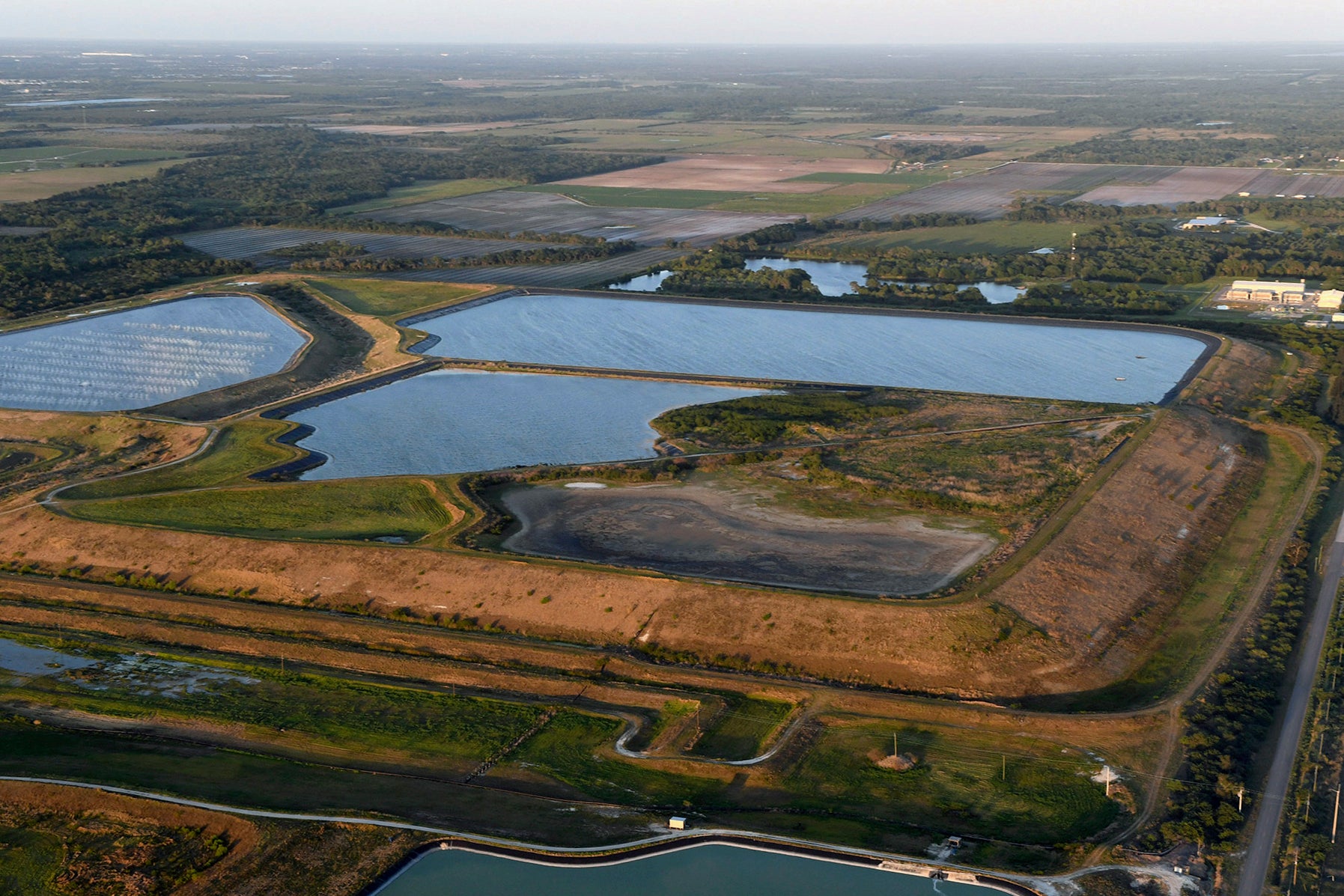Florida may study use of radioactive waste in building roads
Florida may study whether a radioactive waste byproduct of fertilizer production can be used to help build roads

Florida may study whether a radioactive waste byproduct of fertilizer production can be used to help build roads under a bill passed by the Legislature.
The proposal, which awaits a signature from Republican Gov. Ron DeSantis, would task the state with conducting a study about the use of phosphogypsum in road construction aggregate materials.
The U.S. Environmental Protection Agency requires that phosphogypsum be placed in ”stacks” that resemble enormous ponds. Florida has 24 such stacks, totaling about 1 billion tons of phosphogypsum, with 30 million new tons generated every year through the phosphate fertilizer mining industry.
The EPA in 2020 approved the use of phosphogypsum in government road construction projects but reversed its decision after Democratic President Joe Biden took office.
Environmental groups have warned about phosphogypsum spilling into waterways and elsewhere during storms. A leak in March 2021 at a stack called Piney Point resulted in the release of an estimated 215 million gallons (814 million liters) of polluted water into Tampa Bay and caused massive fish kills.
The EPA regulates phosphogypsum because the material contains radium-226, a naturally occurring radioactive substance that produces radon gas, which is a hazardous air pollutant.